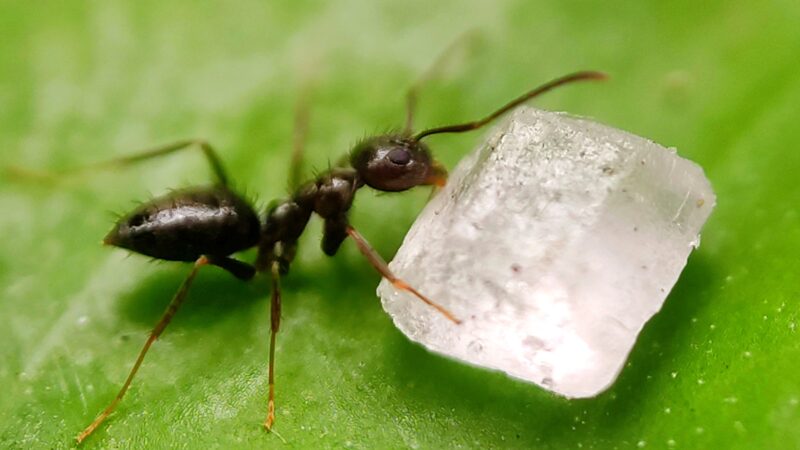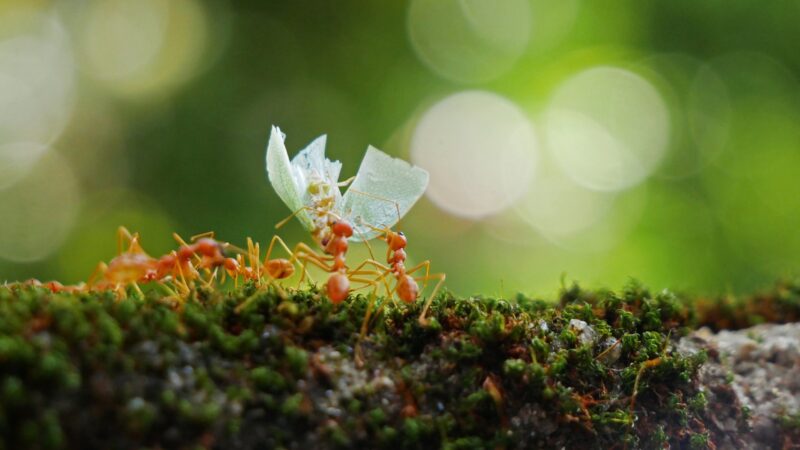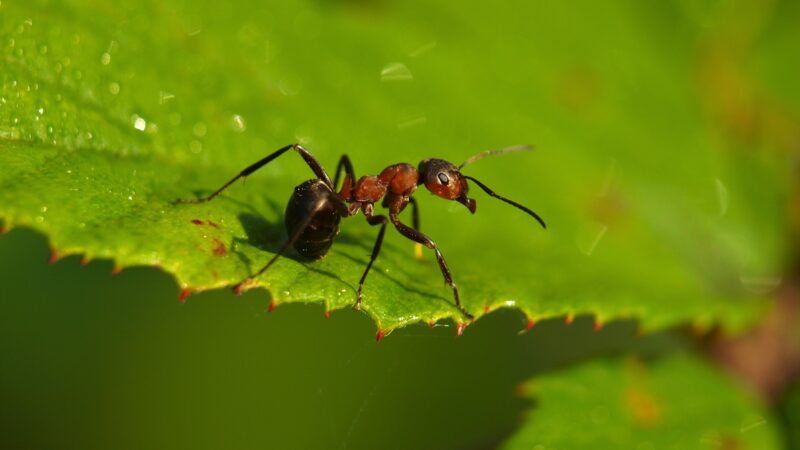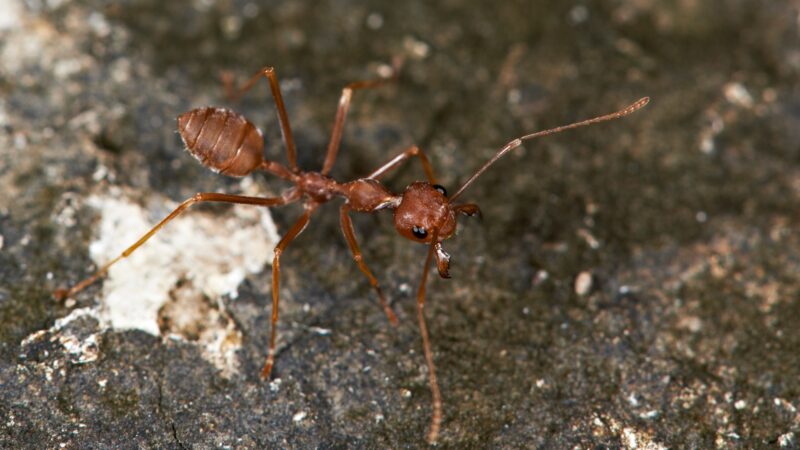In this blog post, we’ll delve into the fascinating world of ants and their incredible strength. We’ll explore whether the claim that ants can lift up to 5,000 times their body weight is true, and what factors contribute to their remarkable abilities. So, let’s uncover the truth together!
No, ants cannot lift up to 5,000 times their own body weight. However, they can lift around 50 times their body weight, which is still an impressive feat for such a small creature.
As you read on, you’ll learn more about the amazing strength of ants, the factors that contribute to their lifting abilities, and how they coordinate their efforts to move large objects. Curious to know more? Keep reading!
Table of Contents
How Much Weight an Ant Can Lift?

As mentioned earlier, ants can lift around 50 times their body weight. This incredible strength is due to their small size, unique body structure, and efficient muscle composition.
Are Ants Strong for Their Size?
How Do Ants Carry More Than Their Weight?
Ants are indeed strong for their size. Their exoskeletons provide structural support and act as a kind of external armor, allowing ants to carry objects many times their own weight. Additionally, their muscles have a higher proportion of cross-sectional area, giving them greater strength relative to their size.
What Is the Biggest Thing Ants Can Carry?
Ants are known to carry a variety of objects, from food particles to small twigs and leaves. While the size of the objects they can carry depends on the species and individual ant’s strength, it is not uncommon to see ants carrying objects much larger than themselves.
How Do Ants Coordinate Moving Huge Objects?

How Do Ants Communicate?
Ants use chemical signals called pheromones to communicate with one another. When they find an object they want to move, they release a trail pheromone that alerts other ants to join the effort. Through this coordinated communication, ants can work together to move large objects back to their nest.
What Makes Ants So Strong?
Do Ants Have Extremely Strong Muscles?
Ants do possess extremely strong muscles relative to their size. Their muscles have a high density of fibers, which allows them to generate more force than larger animals with similar muscle mass.
Does Size Play a Big Role in Ant Strength?

What Is the Biggest Ant and How Big a Load Can It Carry?
Size does play a role in ant strength. The largest ant species is the Dorylus helvolus, also known as the African driver ant, which can grow up to 5 cm in length. However, larger ants may not necessarily carry proportionally larger loads than their smaller counterparts. The lifting abilities of ants are a result of their unique body structure and muscle composition, which varies across species.
Are Ants’ Shape Has Something to Do With Its Strength?
Ants’ shape contributes to their strength. Their exoskeleton provides support and protection, while their segmented bodies allow for flexibility and efficient movement. This combination enables ants to carry heavy loads without compromising their agility.
What Is the Strongest Ant?

The Asian weaver ant (Oecophylla smaragdina) is considered one of the strongest ants. They can lift objects up to 100 times their body weight, making them exceptional among their peers.
How Much Weight Can 1000 Ants Carry?
If we consider an average ant’s lifting capacity to be 50 times its body weight, 1,000 ants working together could theoretically carry 50,000 times the weight of a single ant. However, this estimation is highly dependent on the species of ant and their ability to coordinate their efforts effectively.
How Many Ants Does It Take To Pick Up a Person?
The number of ants required to pick up a person depends on the combined weight of the ants and the person. Assuming an average ant can lift 50 times its body weight and a person weighs 70 kg (154 lbs), it would take approximately 3 million ants to lift a human being. However, it is essential to note that this is purely a theoretical calculation and not a practical scenario.
List of Sources
Hahn, J., Liesch, P. (2020). Ants. University of Minnesota Extension.
About Ants. Harvard Forest.
Tate Holbrook. (2009). Ant Factoids. ASU – Ask A Biologist.
